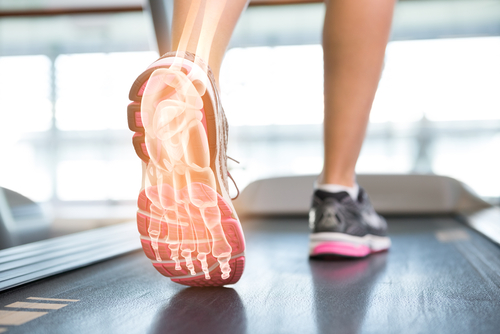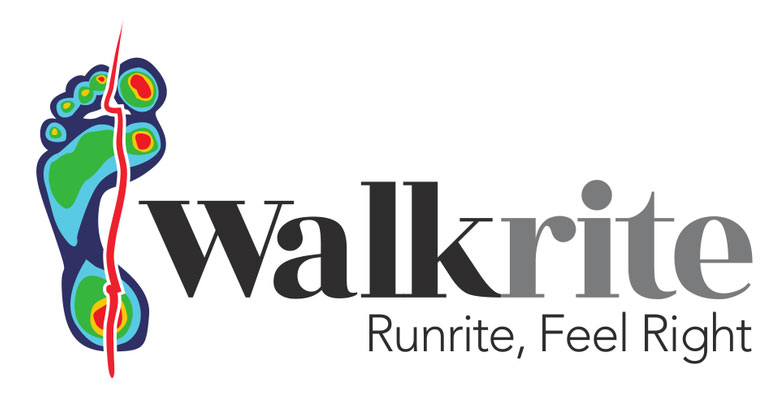
Shoes affect the way we walk and move and can also compress or pressurise our feet. 75% of women and up to 35% of men are in the incorrect shoe size. A shoe that’s too small can obviously compress and rub a foot and potentially damage the structure of a foot, such as when feet are growing or where there are already structural changes such as bunions or hammer toes, therefore, it is important to carry out foot size measurements and footwear assessments to ensure the correct length and width of shoe is being worn.
However, shoes that are too big or too wide can also cause problems as they prevent the foot from working efficiently. When a shoe is too big, the moving parts of the foot, eg the big toe joint, are in the wrong part of the shoe and rather than the shoe being able to bend, it may prevent the big toe from bending and therefore function is changed. A shoe that is too big will also allow the foot to move around too much within it meaning that more energy is used when walking and more rubbing occurs between the shoe and the foot.
The design of a shoe can also contribute to or help alleviate certain issues, such as the heel height (too high or too low), the flexibility of the sole (too rigid or not rigid enough) and the type of shoe related to the activity that it is being used for (does it have enough grip or shock attenuation?).
In running and sport, the fit of the shoe is vitally important as, if the shoe fits properly, it will mean the foot can function more effectively and the performance benefits of the shoe will be more effectively delivered. However, even if the shoe fits appropriately, other design features such as laces can also cause problems. As footwear has such an influence on the foot, we always assess foot size and footwear components and suggest any appropriate changes as part of our treatment recommendations.
